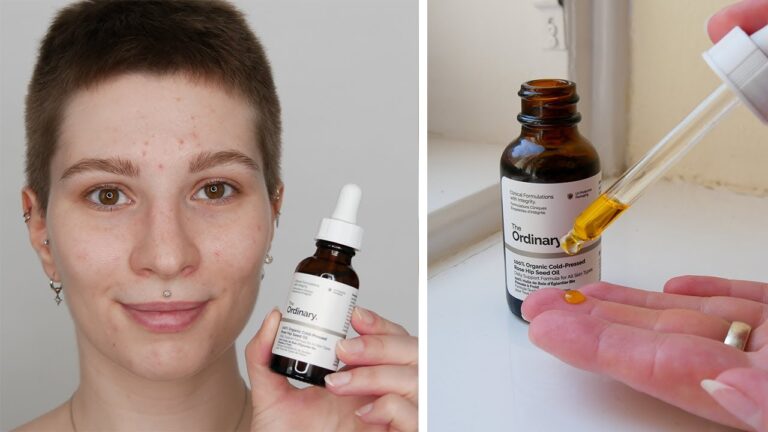Unlock the Benefits of Azelaic Acid for Your Skin: A Comprehensive Guide
Azelaic acid is a well-known skincare ingredient that has gained popularity due to its effectiveness in treating various skin issues. This naturally occurring substance is derived from plant-based sources and is known for its anti-inflammatory, anti-acne, and anti-aging properties. Azelaic acid is a versatile ingredient that can benefit all skin types and can be found in a variety of skincare products.
What is Azelaic Acid?
Azelaic acid is a dicarboxylic acid that is naturally present in grains such as wheat, barley, and rye. It is also found in trace amounts in some animal products. Azelaic acid is primarily used in skincare as a treatment for acne, rosacea, and hyperpigmentation. This ingredient works by de-clogging pores, reducing inflammation, and inhibiting the growth of acne-causing bacteria, all of which can lead to clearer, brighter, and more even-toned skin.
How Does Azelaic Acid Benefit the Skin?
Azelaic acid has several benefits for the skin, making it a popular ingredient in many skincare products. These benefits include:
Reducing Inflammation: Inflammation is one of the primary causes of many skin issues, including acne, rosacea, and redness. Azelaic acid is known for its anti-inflammatory properties, which can help reduce skin inflammation and redness.
Treating Acne: Azelaic acid is a potent anti-acne ingredient that helps to unclog pores and kill acne-causing bacteria. By targeting the root cause of acne, this ingredient can help reduce breakouts and prevent future ones.
Treating Rosacea: Rosacea is a chronic skin condition that causes redness, flushing, and inflammation. Azelaic acid has been shown to be effective in treating rosacea by reducing inflammation and redness.
Reducing Hyperpigmentation: Hyperpigmentation is a common skin concern that can be caused by sun damage, acne, or aging. Azelaic acid can help reduce the appearance of hyperpigmentation by inhibiting the production of melanin, the pigment that gives color to the skin.
What Skincare Products Contain Azelaic Acid?
Azelaic acid can be found in a variety of skincare products, including cleansers, toners, serums, and moisturizers. Some popular skincare products that contain Azelaic acid include:
Azelaic Acid Suspension 10% by The Ordinary: This product is a lightweight cream-gel that contains Azelaic acid and other skin-benefiting ingredients such as niacinamide and hyaluronic acid. It is suitable for all skin types, including sensitive skin.
Paula’s Choice 10% Azelaic Acid Booster: This product is a concentrated booster serum that contains 10% Azelaic acid. It is designed to be used as a spot treatment for acne, hyperpigmentation, and rosacea.
Garden of Wisdom Azelaic Acid 10% Serum: This serum contains 10% Azelaic acid and is designed to be used as a treatment for acne, rosacea, and hyperpigmentation. It also contains other skin-benefiting ingredients such as niacinamide and licorice root extract.
The Bottom Line
Azelaic acid is a potent skincare ingredient that can benefit all skin types. It is known for its anti-inflammatory, anti-acne, and anti-aging properties, making it a popular ingredient in many skincare products. If you are dealing with skin issues such as acne, rosacea, or hyperpigmentation, incorporating a product that contains Azelaic acid into your skincare routine may help improve the overall health and appearance of your skin.
Most searched products:
Does Sephora Support Israel? Answering Your Questions
The Ultimate Guide to Azealic Acid: Benefits, Uses, and Side Effects
Discover the Benefits of The Ordinary Botox for Your Skin
How Long Does Glycolic Acid Take to Show Results: Your Ultimate Guide
The Perfect Order: When to Use Retinol and Niacinamide in Your Skincare Routine
Say Goodbye to B.O with Glycolic Acid Deodorant: The Secret to Long-Lasting Freshness
Say Goodbye to Dry Lips with the Best Skin Lip Balms
The Ultimate Reviews of The Ordinary Peeling Solution
Unveiling the Magic of Hyaluronic Acid: Benefits and Uses Explained
Unlock Glowing Skin with These Ordinary Exfoliation Techniques














